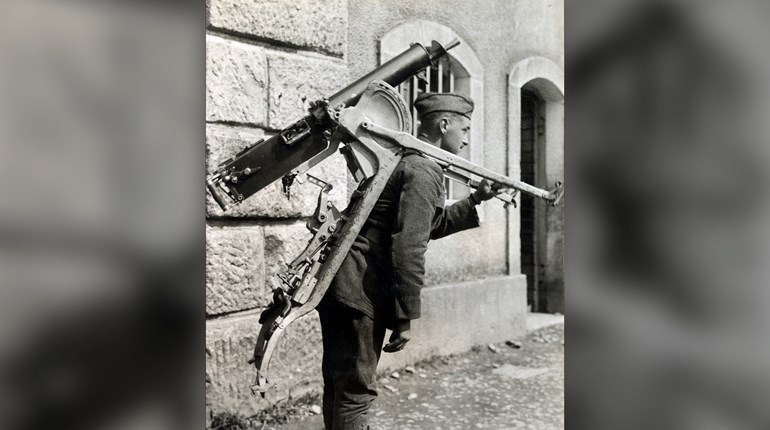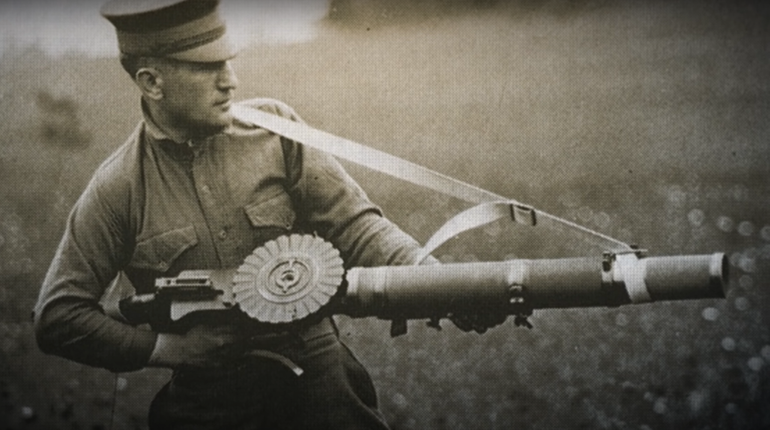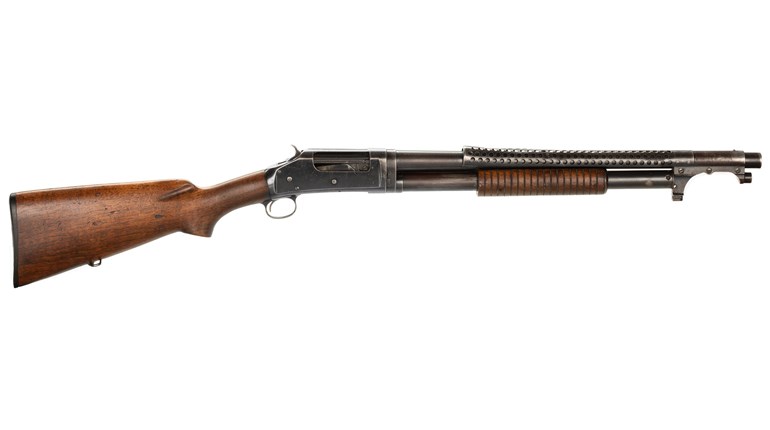
 A century ago, the stalemated trench warfare that had by then come to characterize the battlefield of the First World War came to the Northwestern shores of the Ottoman Empire. On April 25, 1915 a force of 78,000 allied troops began landing at the Dardanelles—the place where the Aegean Sea and the Sea of Marmara flow together. On the north side of the straits, where a 50-mile-long peninsula reaches toward the Southwest, the Mediterranean Expeditionary Force stormed ashore against strong Turkish opposition only to then bog down. During the months that followed, this multi-national allied force pushed toward a town it would never reach—a town called Gallipoli. With well-led Turkish counterattacks preventing any meaningful progress away from the landing beaches at Cape Helles and Anzac Cove (so-named because that is where the Australian and New Zealand Army Corps—or ANZAC—came ashore), a new offensive was launched in August with landings at Suvla Bay. Once again though, the Turks fought back, blocked the move and imposed even more stalemate, preventing the hoped-for breakthrough.
A century ago, the stalemated trench warfare that had by then come to characterize the battlefield of the First World War came to the Northwestern shores of the Ottoman Empire. On April 25, 1915 a force of 78,000 allied troops began landing at the Dardanelles—the place where the Aegean Sea and the Sea of Marmara flow together. On the north side of the straits, where a 50-mile-long peninsula reaches toward the Southwest, the Mediterranean Expeditionary Force stormed ashore against strong Turkish opposition only to then bog down. During the months that followed, this multi-national allied force pushed toward a town it would never reach—a town called Gallipoli. With well-led Turkish counterattacks preventing any meaningful progress away from the landing beaches at Cape Helles and Anzac Cove (so-named because that is where the Australian and New Zealand Army Corps—or ANZAC—came ashore), a new offensive was launched in August with landings at Suvla Bay. Once again though, the Turks fought back, blocked the move and imposed even more stalemate, preventing the hoped-for breakthrough.

In the end, the campaign that unfolded near Gallipoli did not decisively secure a sea route linking the Black Sea with the eastern Mediterranean, and as summer turned to fall and fall to winter, the growing realization that the campaign was not going to succeed compelled the allies to evacuate the troops and abandon the front in Turkey. This evacuation was one of the only parts of the campaign that went right—especially at Anzac Cove. There, Australian Lt. Col. Charles Brudenell White devised an elaborate deception operation that was designed leave the Turks with the impression the troops were busily preparing for the coming winter rather than preparing to slip away. One of the more interesting elements of the deception was a self-firing rifle apparatus invented by a 21-year old Lance Corporal in the Australian 7th Infantry Battalion named William Charles Scurry. Using two empty bully beef tins, some sandbags and a Lee-Enfield rifle, Scurry’s system allowed water to drip from one tin and collect in the other. Once the weight of the water in the lower tin was enough to overcome the weight of the rifle’s trigger pull, a shot would be fired. By distributing these self-firing rifles along a trench line, the random gunfire they produced throughout the night convinced the Turkish on the other side of “no man’s land” their opponents were still in the trenches. This subterfuge made it possible for the troops to fallback from Anzac Cove, board their transports under the cover of darkness and depart undetected.

Fast-forward 78 years to the Navy Arms warehouse in West Virginia. A crate of old Mausers arrived from Turkey, when someone discovered a lone Short Magazine Lee-Enfield (SMLE) Mk. III rifle made by Birmingham Small Arms. Covered in dried cosmoline, its markings were easily recognized. The rifle carried the “2MD” indicating it was once the property of the 2nd Military District of Australia, the initials “CMF” for Commonwealth Military Forces and a “D” broadhead arrow was present. The Roman numeral “VIII” was carved into the stock in two places, as were the letters “NZ”—clear evidence this rifle may have been used by a New Zealander after it was issued by the Australian government. None of the markings dated past 1915, and it was not modified beyond that time period. That SMLE Mk. III may have fought in the hills above Anzac Cove a century ago.




































